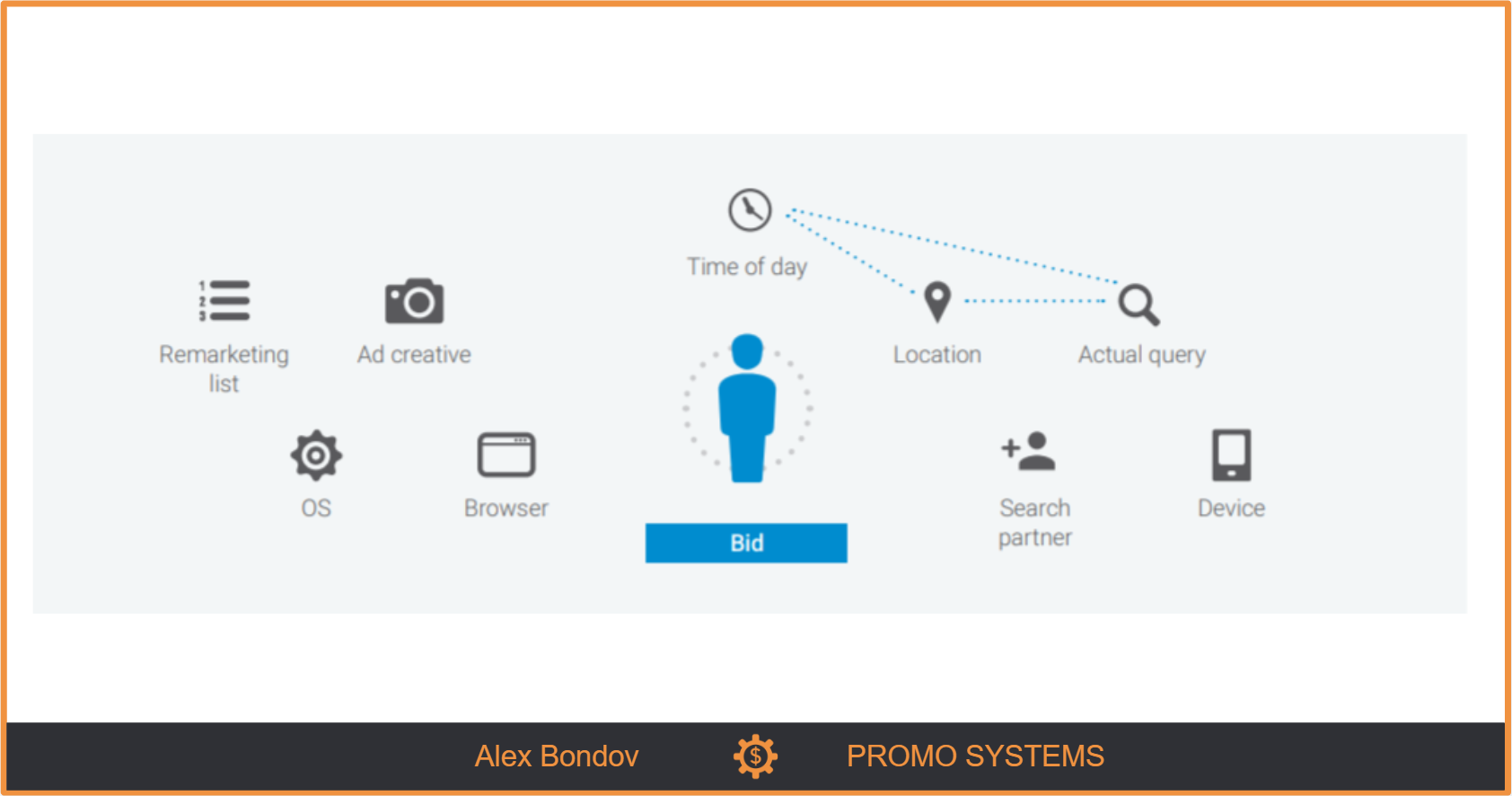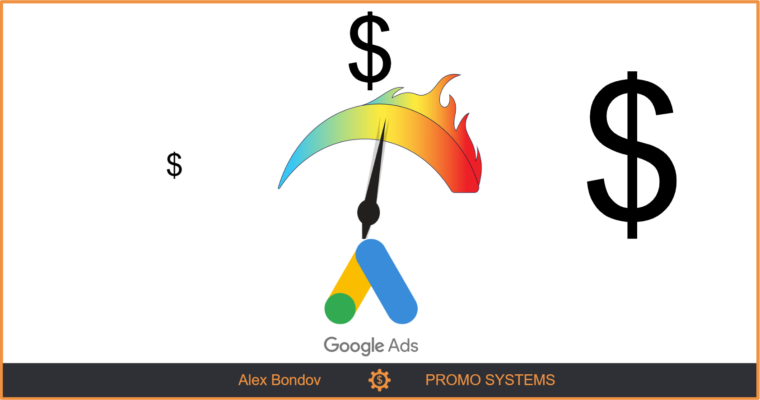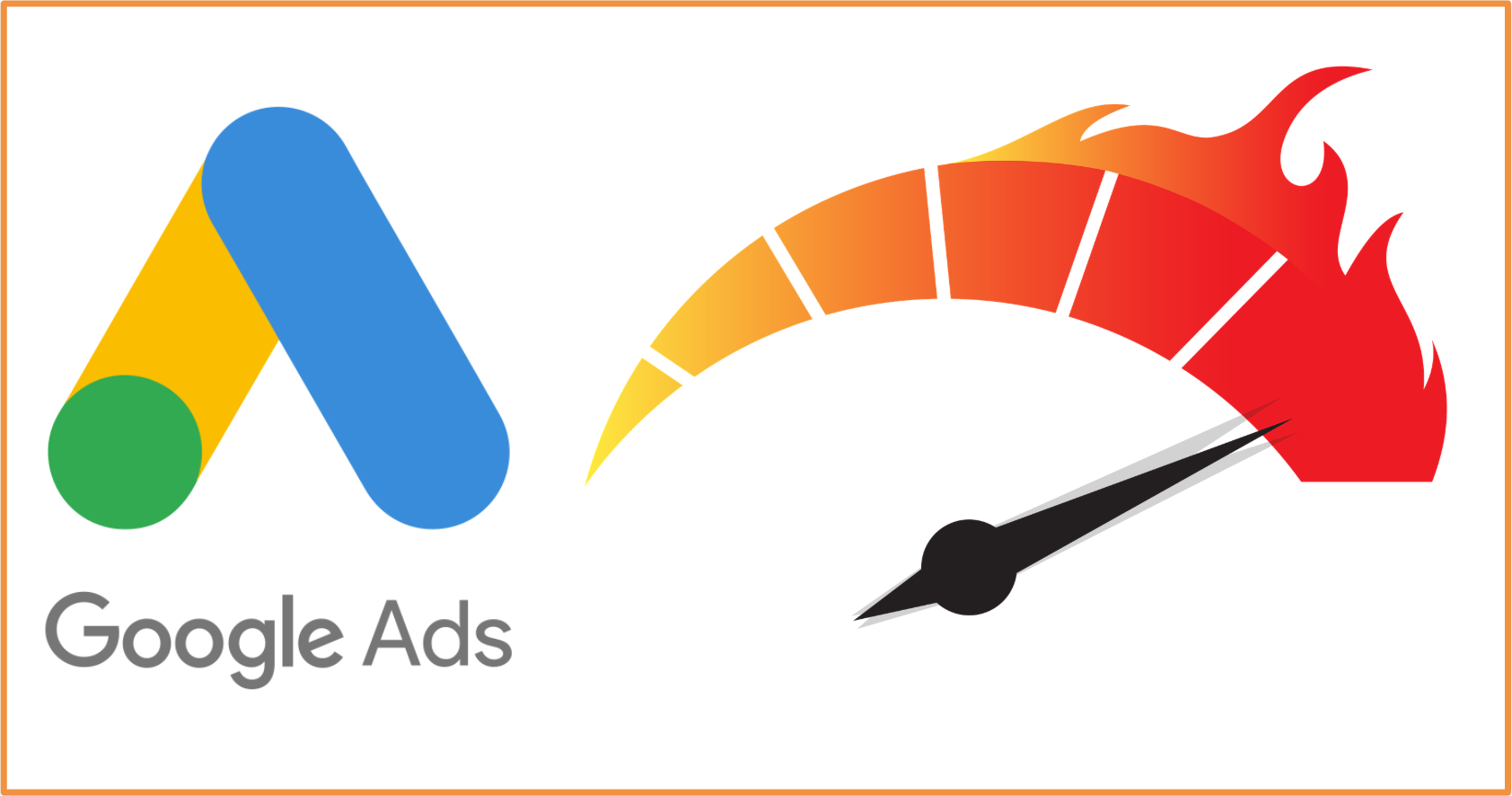The most common unproductive way to cut Google Ads’ spend is to decrease manual cost-per-click bid or pause keywords based on their individual performance.
For instance,
- if a keyword generated few to no sales – pause it,
- if its CPC is 50% higher than you’d like it to be – decrease its bid by 50%.
Why it is counterproductive
When you manage a keyword’s bid based on its individual performance, you face the following issues:
1. In most cases, results per individual keyword are statistically insignificant. Some of your keywords with 0 sales may convert well in the future; some of the keywords with a few sales may not generate a sale later. Taking actions based on insignificant stats leads to random, inconsistent results. How to Tell if Your Conversion Rate is Statistically Significant.
2. Even when results per keyword are statistically significant, they are misleading – they obscure what’s really happening (which search queries lead to conversions, which don’t).
3. You think you’ve addressed the low conversion rate via decreasing bids, but it turns out that you didn’t. Why? Because changing a Keyword’s Bid or Pausing it Changes Which Keyword Triggers an Ad for the Same Query.
4. Your overall conversion rate decreases because Lower Bid => Fewer High-converting Auctions.
5. You don’t know, by how much you should increase/decrease a bid. You can’t forecast a change in volume of clicks and CPC your new bid will lead to.
- The decrease of a bid may lead to a huge drop in the volume of clicks. And in some cases, it doesn’t decrease your fact CPC.
- The increase of a bid may lead to a huge increase in spending while gaining a small increment in the number of clicks.
Why? Because your fact cost-per-click is defined by your competitor’s bid (which you don’t know), not by your bid. Your bid only defines, which competitors you beat and appear above in search results. Learn more in this article.
6. CPC and conversion rate in isolation aren’t the best KPIs to judge upon. The most important KPI is profit (or, at least, cost-per-sale) – not CPC or CR. Low CR is fine as long as it’s compensated by a low CPC. High CPC is fine as long as it’s compensated by a high CR.
What to do instead
To cut Google Ads’ spend with minimal reduction in profit, you need to
- address all the issues listed above. Otherwise, your actions will lead to random, inconsistent results.
- update your bids depending on the probable conversion rate in every single auction for every single keyword. The probability of the conversion rate depends on a number of factors, including fact search query, user location, age, gender, device, operating system, etc.

Attempts to do this via tweaking manual CPC bids and bid adjustments look silly. This task is too heavy for a human, even if you use automated rules.
You need to master performance-based automated bidding strategies. They cut your ad spend via decreasing bids smartly: they address the issues listed above and take the factors that influence conversion rate into account. If your conversion rate drops, they will decrease your bids automatically, individually for each keyword in each auction, just by the amount that is right to meet your performance goals. If the conversion rate returns to normal, they will adjust bids accordingly. You can even set them up in a way when they manage bids depending on probable average order value.
Want to improve the performance of your search ads further?
Fix the cause of poor performance instead of trying to fix the consequences
Increasing Bids isn’t Profitable? You Can Still Get More Sales from Search Ads





